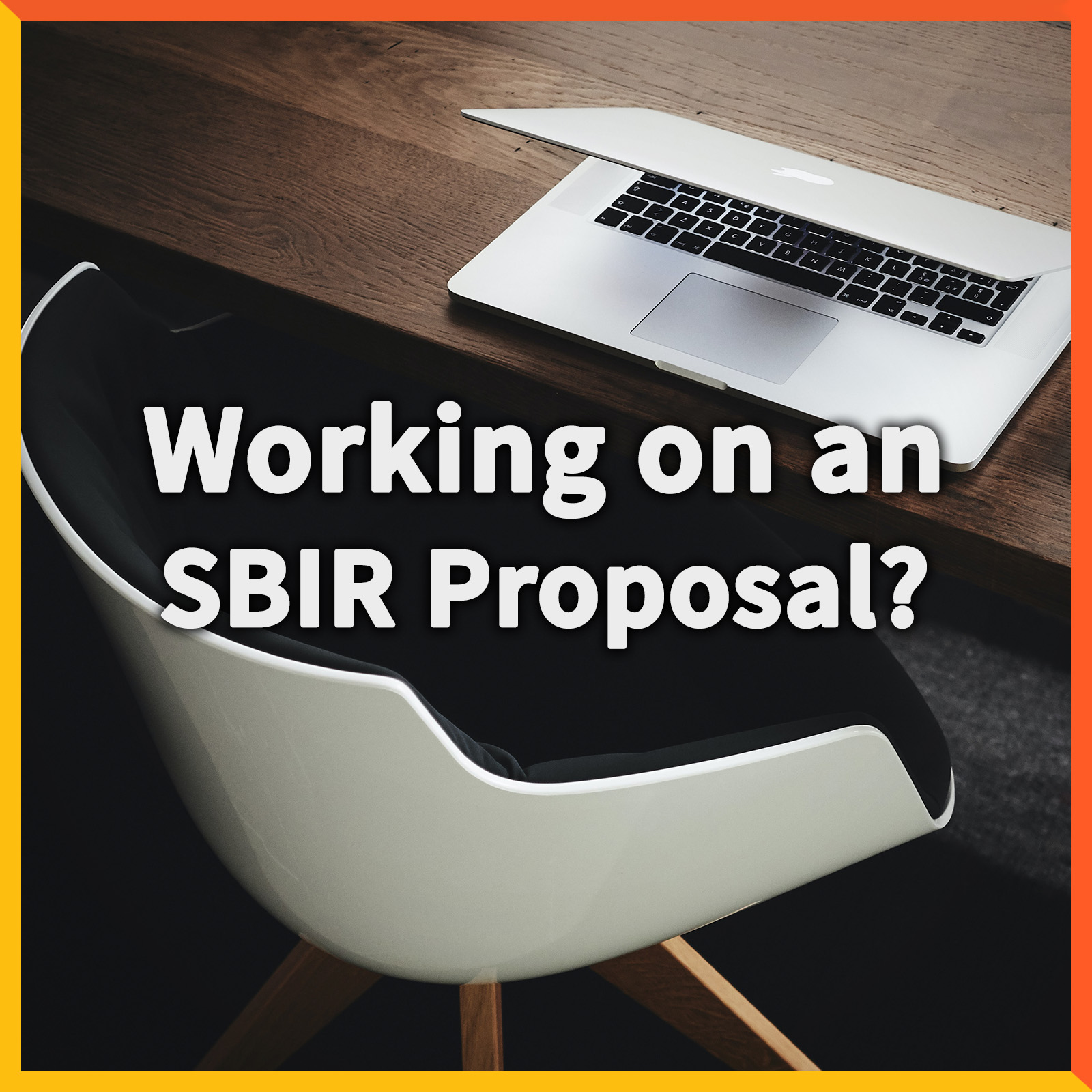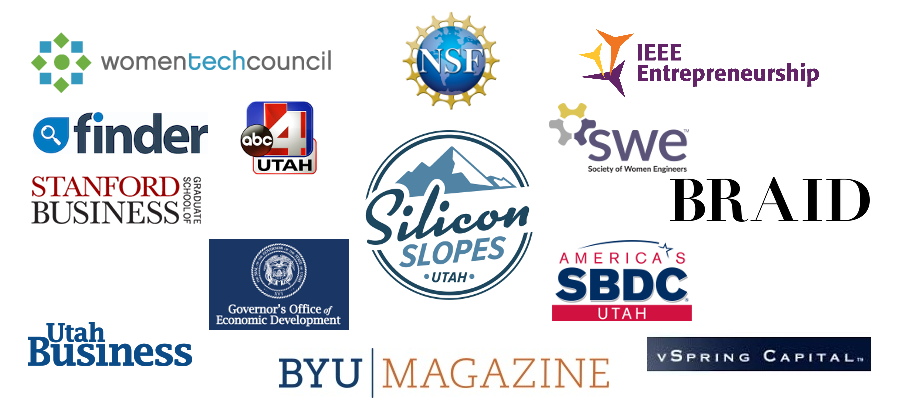As an entrepreneur and startup CEO, I raised capital for our first startup, DoBox, from Angel and Venture Investors, sold DoBox to a public company. At Enclavix, we’ve received multiple SBIR awards, both Phase I and Phase II funding from the National Science Foundation for our AI-powered VentureWrench Library.
I’m often asked what’s better, raising money from investors or pursuing an SBIR award?
And the answer is…. they’re different. One isn’t better than the other, and in most cases, companies will raise both, starting early with SBIR funds (“America’s Seed Fund“) and then raising angel and venture capital as they grow.
But what makes them different?
1. SBIR is a grant or contract, NOT an investment
First SBIR awards are either grants or contracts, they’re not investments and the government takes no stake in your company. That’s a big advantage, especially early on when you have to give away a lot more equity to raise money. Think higher valuations in your future rounds!
2. SBIR is about high risk – high reward innovation
Second, the focus is NOT on “doing more with less” (like with investors), the focus of SBIR awards is true, deep, hard innovation, that may fail! With a budget to match the work you’re planning. Yes, it is true that reviewers will actually suggest that you reduce the work plan of your proposal if they believe that the budget won’t cover the work you’ve proposed! I can promise you, an investor never will.
3. Failure IS an option
Third, failure is not only an option in SBIR, it is expected. The point of “high risk, high reward” innovation is that you very well may fail. In fact in many SBIR/STTR programs, only roughly 50% of Phase I awardees go on to win the Phase II award for that technology. Why? Because it didn’t go as they hoped in the Phase I! But teams can certainly come back and take a different approach with a new Phase I. If they’ve done a good job, it’s not held against them! For most agencies, the Phase I money is “don’t be stupid money”, where you demonstrate you an manage a project. It’s the Phase II money that “counts”. What about investors? When we raised our first round for DoBox, I reminded my co-founders that the CEO is often the first to go when something goes wrong. Still true…
4. SBIR helps de-risk the technology
Fourth, SBIR funding is smaller than VC funding, but it can be as much as an early angel round (up to about $2 million), and the goal is to de-risk the technology! Thus making it much easier to raise that angel or early VC round. When you can show something that works or early, real data, trust me, those investor conversations are much easier!
5. A lot of reporting for both!
Fifth, although there is reporting required for SBIR funds, with my investors, every month I sent an email update, letting them know about our progress and how their investment was moving forward. Of course we also had regular Board meetings and board calls and discussions as well. In my experience, about the same amount of total, thoughtful communication is required!
6. Which really takes longer?
Finally, entrepreneurs will complain to me that SBIR/STTR takes so long! I get “I need money faster”! But when you are raising capital, hope for 6 months and plan for 12! Guess what, with an SBIR proposal, it will likely take you 3 months to write and polish your proposal, and then 3 months for the agency to review it. If you get recommended for funding, plan for another 1-2 months to get the contract negotiated and money in the bank!
Want more help?
 If you want more in depth help, either a proposal review or help developing your proposal, you can apply for a spot in our one-on-one VentureWrench SBIR Coaching programs after you’ve gone through the course. Email us at venturewrenchcommunity [at] gmail.com with questions.
If you want more in depth help, either a proposal review or help developing your proposal, you can apply for a spot in our one-on-one VentureWrench SBIR Coaching programs after you’ve gone through the course. Email us at venturewrenchcommunity [at] gmail.com with questions.
And if you need help with any part of your SBIR process – proposal (Phase I or II), TABA, proposal management, or contract finalization, just email us at venturewrenchcommunity [at] gmail.com with questions.
Don’t forget, if you need more help, check out our online course, Develop a Winning SBIR Strategy, and don’t forget your free guide below!

